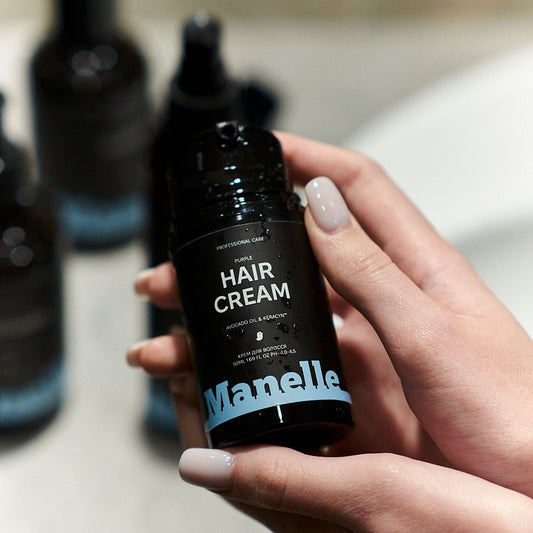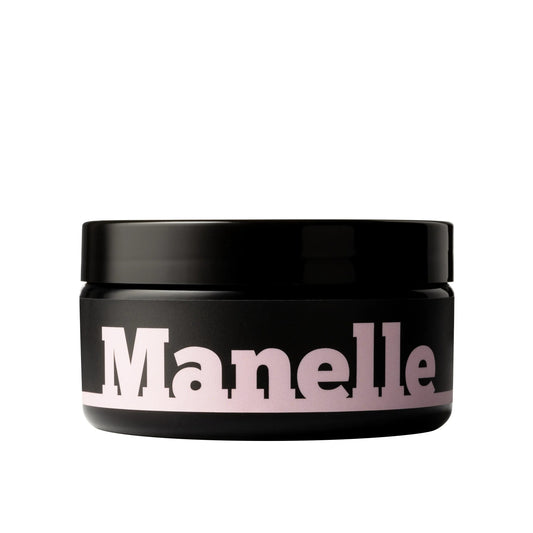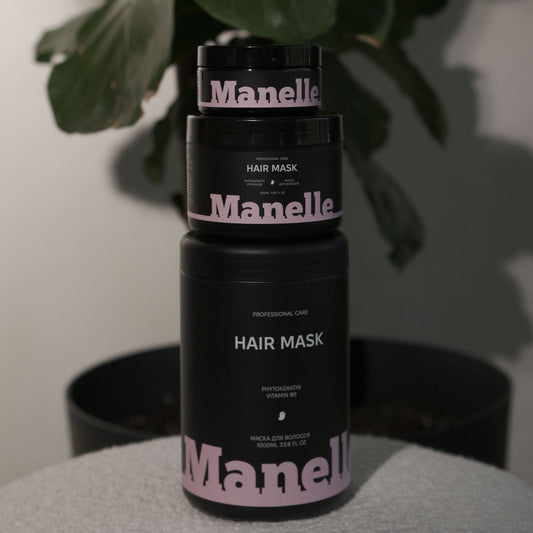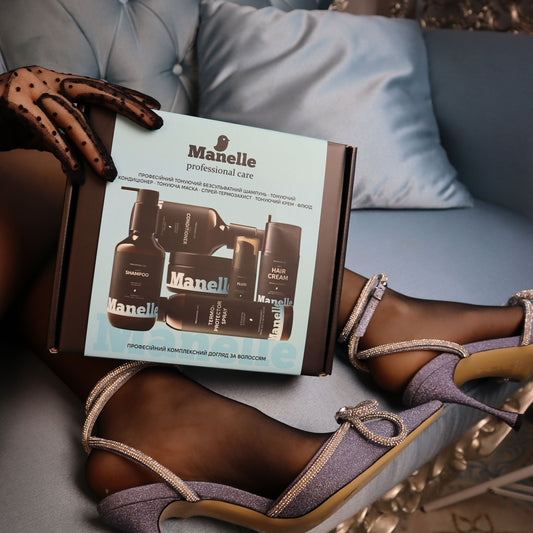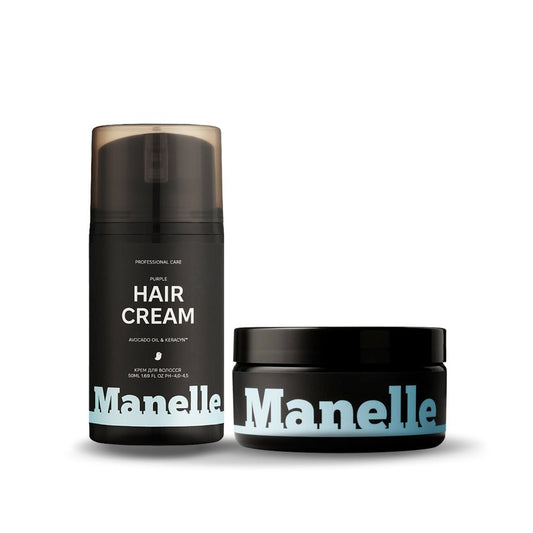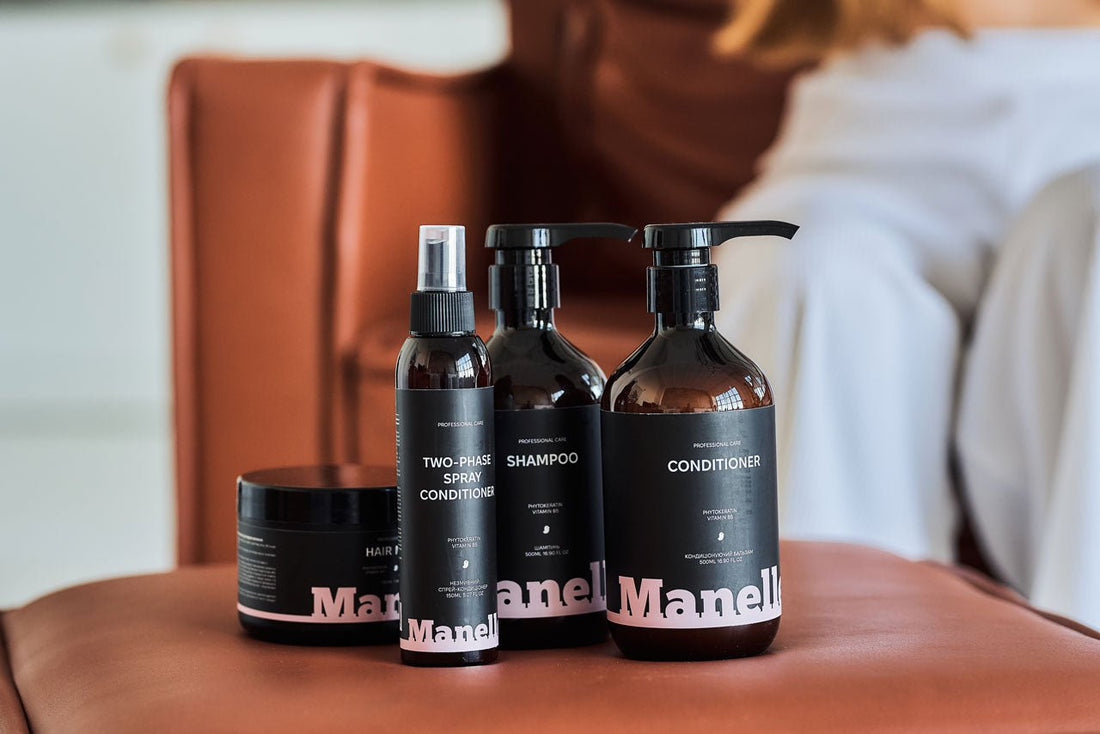
Hair oil: a professional guide to care and choosing the perfect product
Hair oil has become a real salvation for millions of women and men around the world. If earlier our grandmothers used ordinary sunflower oil, then the modern cosmetic industry offers a whole arsenal of professional products. But how to understand this variety and find your ideal product? In this article, we will analyze in detail what hair oil is, how to use it correctly, and which options are best for different hair types.
What is hair oil: the basics of hair care
Hair oil is a concentrated product containing active ingredients for deep nourishment, hydration and protection of hair. Unlike a regular hair cream, oil has a richer texture and penetrates deeper into the hair structure. Imagine your hair like a sponge - the cream works mainly on the surface, while the oil penetrates inside, filling microcracks and repairing damage.
Modern hair oils are created on the basis of natural and synthetic components, which allows to achieve maximum effect. They contain vitamins, minerals, fatty acids and antioxidants, which act as a "building material" for hair. This is especially important for damaged hair after dyeing, perming or frequent use of thermal tools.
The main advantage of oil over other products is its versatility. One product can perform the functions of nutrition, protection, styling and even treatment. That is why professional hair oil has become an integral part of daily care for many people.

Hair oil - how to use it correctly
Using hair oil correctly is an art that requires knowing certain nuances. The first rule: less is more. Always start with a small amount of product, about a pea-sized amount for medium-length hair. The oil should be distributed evenly, starting from the middle of the hair and moving towards the ends, avoiding the root zone.
The best time to apply oil is to damp hair after washing. The moisture helps the oil to spread better and penetrate the hair structure. The application technique resembles a "sealing" process - you are creating a protective layer around each hair. First, rub the oil between your palms to warm it slightly, then gently smooth it through your hair from top to bottom.
There are several ways to use oil: as a leave-in for daily care, as a pre-wash mask (leave on for 30-60 minutes), or as a styling product. For fine hair, it is better to use oil as a leave-in in minimal amounts, while for thick and damaged hair, you can afford more intensive treatments with masks.
Natural hair oils: the power of nature in care
Natural hair oils are true treasures of nature, each with its own unique properties. Argan oil, often called "liquid gold", is ideal for damaged and color-treated hair. It is rich in vitamin E and fatty acids, which help restore elasticity and shine to hair. Coconut oil works as a natural conditioner, penetrating deep into the hair structure and protecting it from protein loss.
Jojoba oil is closest in structure to the scalp's natural sebum, making it ideal for people with oily scalps and dry ends. Macadamia oil has a light texture and absorbs quickly without leaving a greasy shine - ideal for fine hair. Avocado oil is rich in omega-3 fatty acids and is excellent for nourishing very dry and brittle hair.
It is important to understand that natural oils require proper storage and high-quality purification. The best natural oil is the one obtained by cold pressing without the addition of chemical solvents. When choosing, pay attention to the composition: a quality product contains 100% oil without the addition of silicones, parabens and artificial fragrances.
Professional hair oil: secrets of salon care
Professional hair oil differs from ordinary hair oil primarily in the concentration of active ingredients and production technology. Such products are developed taking into account the needs of professional stylists who work with different types of hair every day. They contain complexes of molecules of different sizes: small ones penetrate deep into the hair cuticle, and large ones create a protective layer on the surface.
The main advantage of professional products is the speed of action and the duration of the effect. If ordinary oil can give results after several weeks of regular use, then professional oil works after the first application. It contains special polymers and proteins that instantly fill hair damage and create a lamination effect.
When choosing a professional oil, pay attention to the brand's reputation and reviews from hairdressers. A good professional oil should not weigh down the hair or leave a greasy residue. It should be easy to spread, quickly absorbed and give the hair a natural healthy shine. The most popular professional brands use patented technologies that allow the oil to work even on very damaged hair.

Hair oil: reviews and user experiences
Analyzing reviews of hair oil from real users, we can highlight several key points. Most often, people note a quick visual effect - hair becomes smoother and shinier after the first use. Especially positive reviews are left by owners of curly and wavy hair, which is prone to frizz and tangling.
Many users emphasize the importance of correct dosage. Negative reviews most often mention that the hair has become greasy or heavy - this is a classic mistake of overdose. Experienced users advise starting with one drop of oil and gradually increasing the amount depending on the reaction of the hair. It is also often mentioned that the effect is cumulative - the longer you use the oil, the better the condition of your hair becomes.
Interestingly, reviews of the same oil can vary dramatically depending on the user's hair type. What is perfect for thick, curly hair may be too heavy for fine, straight hair. That's why experts advise choosing an oil not only based on the brand, but also based on the individual needs of your hair.
Types of oils: how to choose the perfect option for your hair
There are several main types of hair oils, depending on their purpose and composition. Light oils are suitable for daily use on fine and normal hair - they are quickly absorbed and do not weigh down. These include argan, jojoba and grape seed oils. Medium oils are ideal for normal-thickness hair with light damage - coconut, almond, avocado oil.
Heavy oils are intended for very dry, damaged or very thick hair. These are castor, olive, shea butter in liquid form. They take longer to distribute and absorb, but provide maximum nourishing effect. There are also specialized oils for specific problems: against hair loss (with rosemary and mint), for hair growth (with caffeine), for colored hair (with UV filters).
Here are the main criteria for choosing an oil based on your hair type:
- Fine hair: light oils in minimal amounts, apply only to the lengths
- Thick hair: you can use richer oils and more quantity
- Curly Hair: Oils High in Fatty Acids to Control Frizz
- Straight hair: versatile medium-weight oils
- Damaged hair: oils with proteins and vitamins for repair
- Oily hair: light oils only on the ends, avoid the root zone
Hair cream or oil: what to choose
The choice between a hair cream and an oil depends on your specific needs and hair type. A hair cream has a lighter texture and usually contains water as its main ingredient, making it less concentrated but easier to use. An oil is a more concentrated product that provides intense nourishment but requires more careful dosing.
Cream is better suited for daily use on all hair types, especially fine and oily hair. It spreads easily, absorbs quickly and rarely weighs down the hair. Cream is also more convenient to use in the morning before styling, as it does not leave a greasy shine or weigh down the hair.
Oil is indispensable for intensive care, especially for dry, damaged or very thick hair. It is ideal for evening treatments, masks and deep restoration. Many people use a combined approach: a cream for daily care and an oil for intensive treatments 1-2 times a week. This approach allows you to get the maximum benefit from both types of products without overloading the hair.
Expert tips: secrets of professional care
Professional stylists recommend a systematic approach to using hair oil. Start by identifying your hair type and the main problems you need to solve. Test new products first on a small section of hair to check for reactions. The best time for intensive oil treatments is on the weekend, when you have enough time to apply a mask and rinse thoroughly.
It is important to remember about seasonal care. In winter, hair needs more nutrition due to dry air from heating and temperature changes. In summer, focus on protection from UV rays and sea water. Oils with natural UV filters (such as coconut or raspberry seed) will be a great addition to summer care.
Here are the main mistakes to avoid when using oil:
- Applying to dirty hair - the oil will not be able to penetrate the layer of styling and dirt
- Using too much – it’s better to apply less and repeat if necessary
- Applying to the roots of oily hair - this can increase oiliness
- Mixing incompatible oils – some combinations may have undesirable effects
- Ignoring individual differences – what works for your friend may not necessarily work for you
Remember that the results of using hair oil do not appear instantly. Give your hair time to adapt to the new product - usually the first noticeable changes appear after 2-3 weeks of regular use. Be patient and consistent in your care, and your hair will definitely respond with healthy shine and strength.
Summary: Your path to perfect hair with oil
Hair oil is not just a cosmetic product, but a real investment in the beauty and health of your hair. As we found out, the secret to success is not to use the most expensive oil, but to find the one that is perfect for your hair type. Imagine your care as a personal beauty recipe: a little natural argan oil for shine, a drop of professional oil for protection, and the right application technique - and your hair will turn into a real decoration.
The most important rule to remember: oil works as your hair's best friend - it's always ready to help, but it requires understanding and the right approach. Don't be afraid to experiment with different types of oils, because each has its own "superpower": coconut protects against damage, argon restores shine, and jojoba balances oiliness. The main thing is to listen to your hair and its needs.
Remember that your hair's beauty is a marathon, not a sprint. Regular oiling will not only improve the appearance of your hair, but also strengthen it from the inside, protect it from external factors and give you self-confidence. After all, when your hair looks great, you feel like a million bucks - and this is the best investment you can make for yourself.


